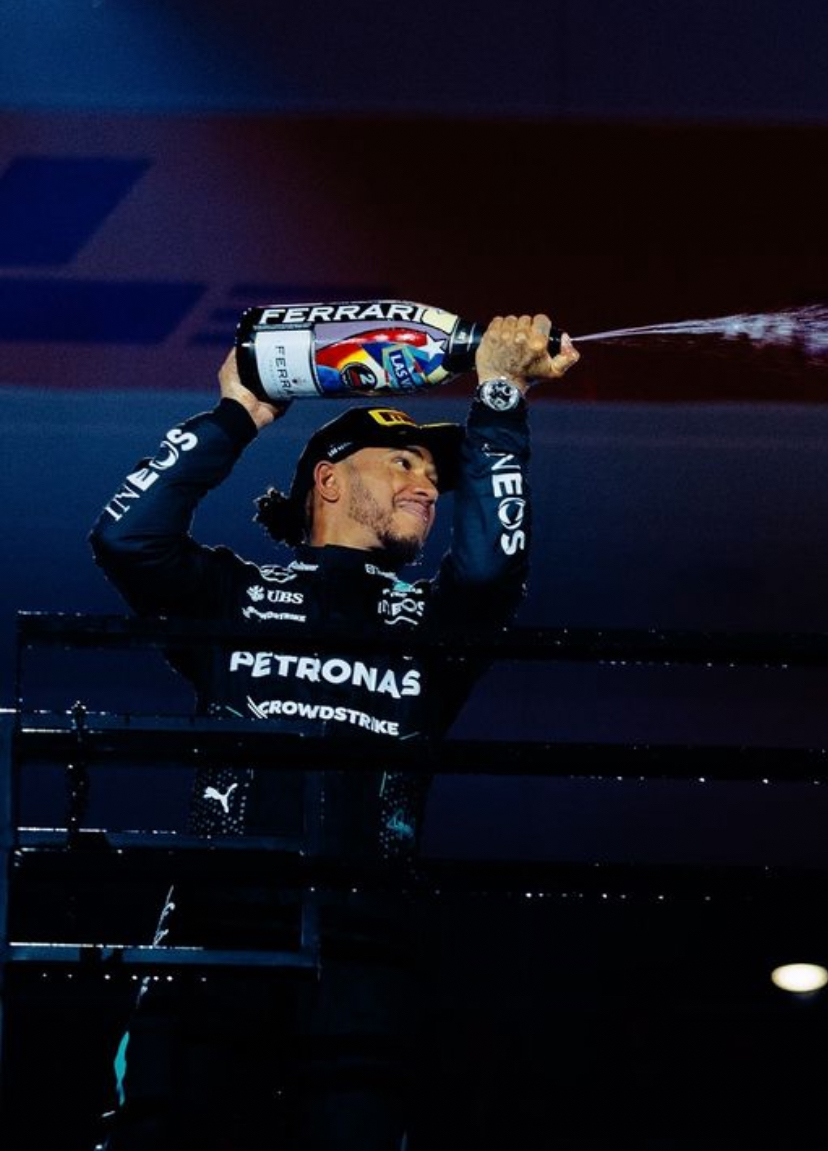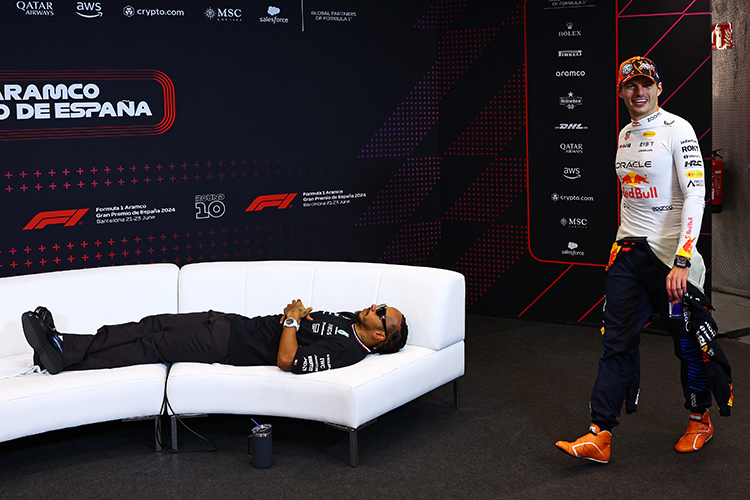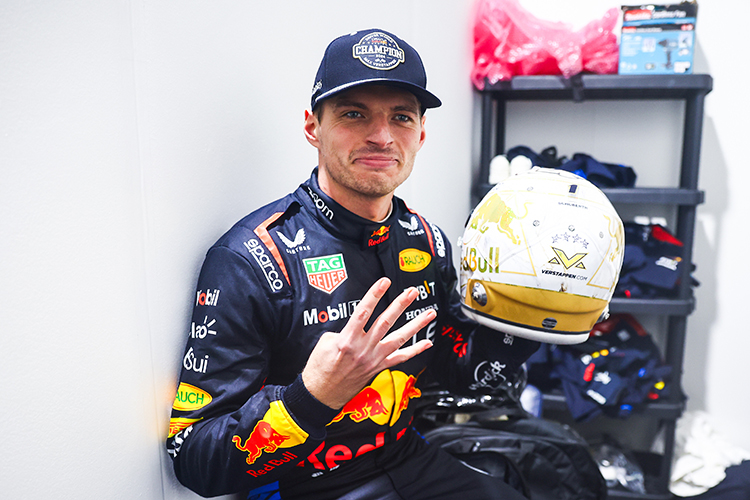Mercedes W16 Takes Inspiration from Red Bull’s Aerodynamic Designs

Read next: Formula 1 World Champions — A legacy of racing legends
Mercedes W16 Features Red Bull-Inspired Design Innovations
Mercedes has introduced its all-new W16 Formula 1 car, with significant design changes that have sparked comparisons to past Red Bull F1 cars. The W16, which underwent its shakedown at the Bahrain International Circuit, features several design elements borrowed from Red Bull’s successful aerodynamic concepts, but with a more extreme approach. This has led to discussions in the F1 paddock about how Mercedes has adopted aspects of Red Bull’s cars, particularly the RB20 and RB21, in their latest offering.
The Evolution of the W16: Borrowing from Red Bull’s Success
Mercedes has claimed that the W16 “builds on the learnings from its predecessor,” the W15, while incorporating “sizeable changes” that differentiate it from last year’s design. Key updates include a revised nose, changes to the front wing, a redesigned floor, and rear suspension, along with a new-look shark fin engine cover. However, the most notable changes come in the form of the reshaped sidepods, which now feature vertical air intakes and a new “overbite” sidepod inlet design.
These aerodynamic modifications, especially the overbite sidepod inlets, closely resemble design cues from Red Bull’s previous cars, particularly the RB20. The overbite design, where the top surface of the sidepod air intake extends beyond the main intake, was a feature first introduced by Red Bull last year. Mercedes has now taken this concept to an even more extreme level, leading Sky F1’s Ted Kravitz to suggest that the W16 could be dubbed the “silver-black-and-grey Red Bull.”
Mercedes' Radical New Sidepods and Air Intakes
One of the standout features of the Mercedes W16 is the new design of its sidepods. The vertical air intakes, located just beneath the wing mirror, are directly inspired by the sidepods of Red Bull’s RB20. The overbite design—where the top surface of the air intake extends over the bottom lip of the sidepod—is another major departure from previous Mercedes designs. This change brings the W16’s aerodynamics more in line with Red Bull’s recent design philosophy, while also making it more streamlined as it moves towards the rear of the car.
“If you haven’t looked at this yet, this is a good opportunity to have a look at the sidepods and the air intakes,” Kravitz said during his commentary. “Just beneath the wing mirror, where it says Petronas, you can see one of the sidepod air intakes is the vertical one that Red Bull brought to their car at the beginning of last year. But this overbite, not the underbite that Red Bull started a couple of years ago, but the overbite where the top of the sidepod air intake extrudes over the bottom lip a bit.”
The W16: A New Look for Mercedes in 2025
The W16’s overall design is significantly different from what Mercedes has become accustomed to in recent years. Kravitz emphasized how tidy and compact the W16 looks compared to the team's previous cars. Despite adopting several features from Red Bull’s design book, the W16 retains its pushrod front suspension, which sets it apart from the suspension setups used by both Ferrari and Red Bull.
Mercedes’ decision to stick with pushrod suspension, while other teams like Ferrari and Red Bull have moved to other configurations, adds a unique element to the W16’s overall design. The combination of these innovative design elements has given the W16 a distinctive appearance on track, marking a shift towards a more radical aerodynamic approach in the pursuit of performance improvements for the 2025 season.
Red Bull-Inspired, But Mercedes-Designed
While the W16 certainly takes inspiration from Red Bull’s past aerodynamic concepts, Mercedes has taken these ideas and advanced them with their own interpretation. The car’s sidepods, air intakes, and aerodynamic features represent a significant departure from Mercedes’ traditional designs, reflecting a shift in the team’s approach to their F1 car for 2025. Whether or not this new direction will yield the results Mercedes hopes for remains to be seen as the season unfolds.
In conclusion, Mercedes has introduced a new level of innovation in the W16 by borrowing from the successful designs of Red Bull. While the car has a distinct look, it’s clear that Red Bull’s aerodynamic principles have influenced Mercedes’ approach in creating a car that could challenge for top positions in the 2025 Formula 1 season. As the team continues to fine-tune the W16, all eyes will be on the upcoming races to see how this “silver-black-and-grey Red Bull” performs on track.
Up Next



